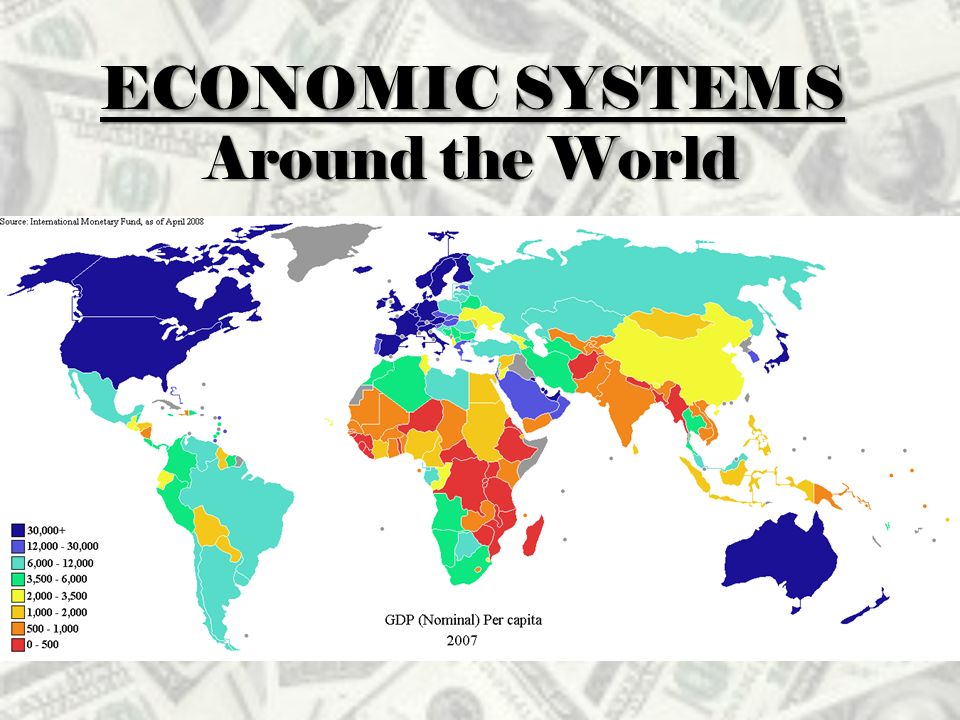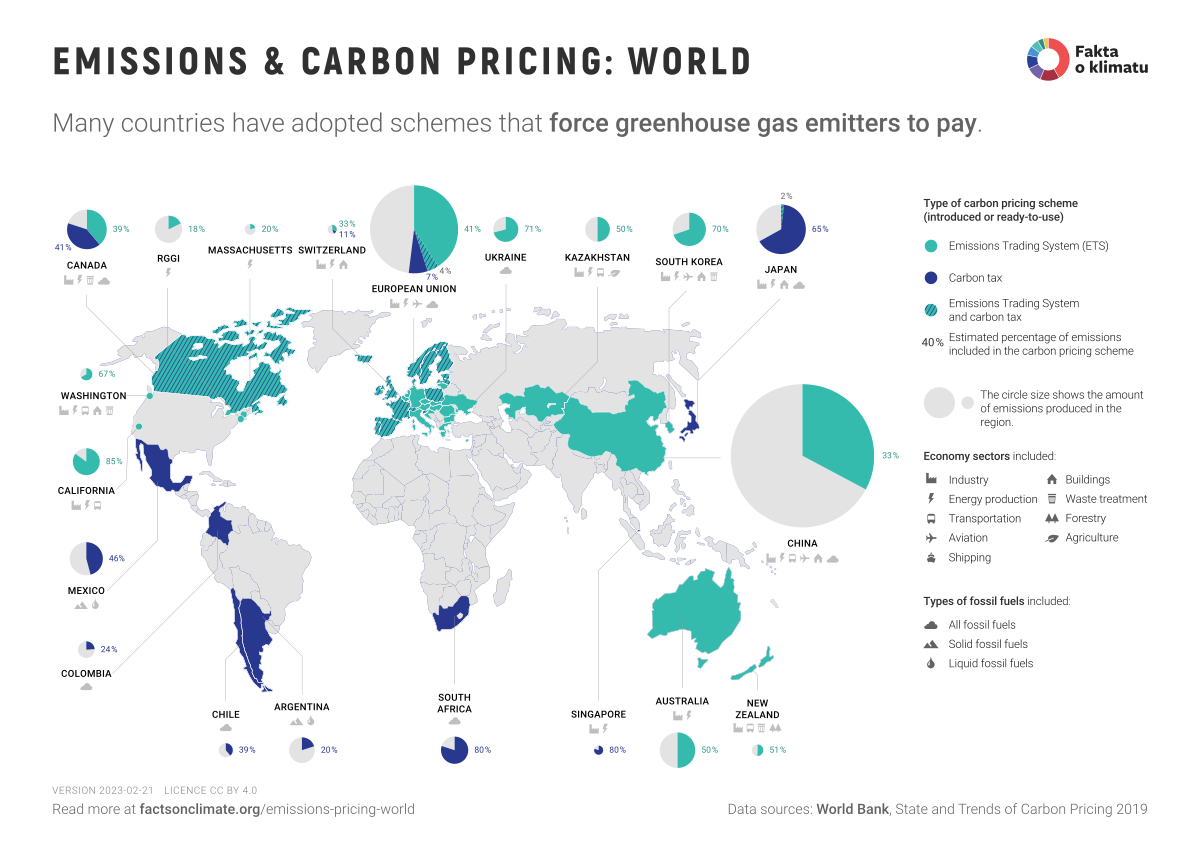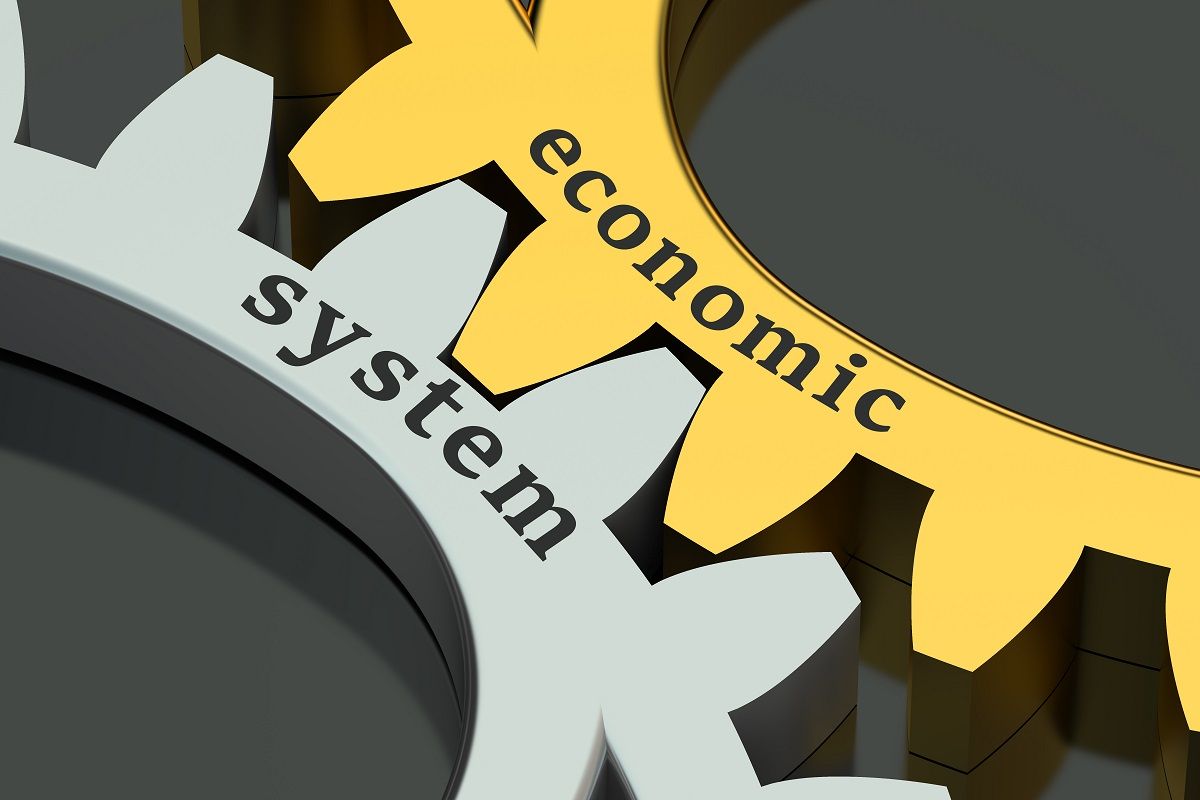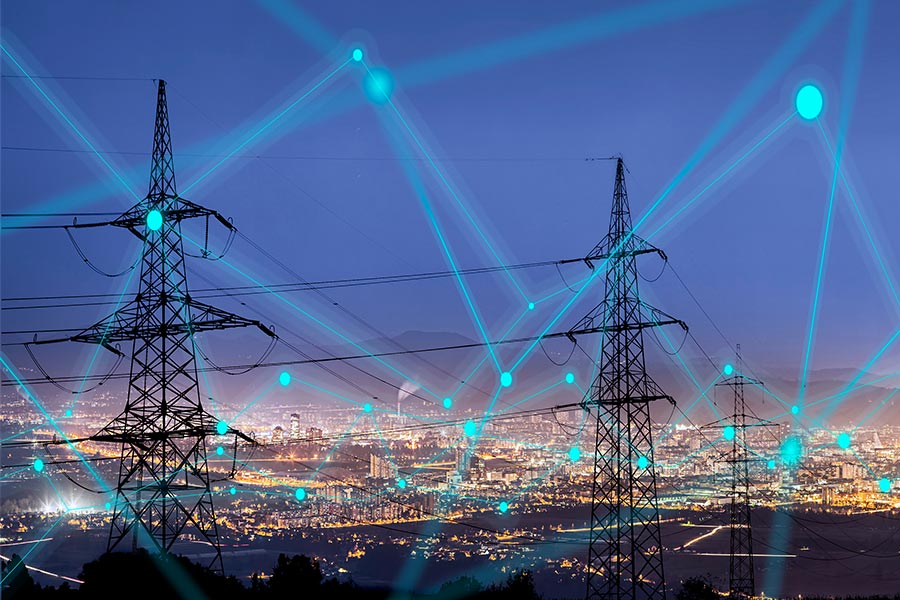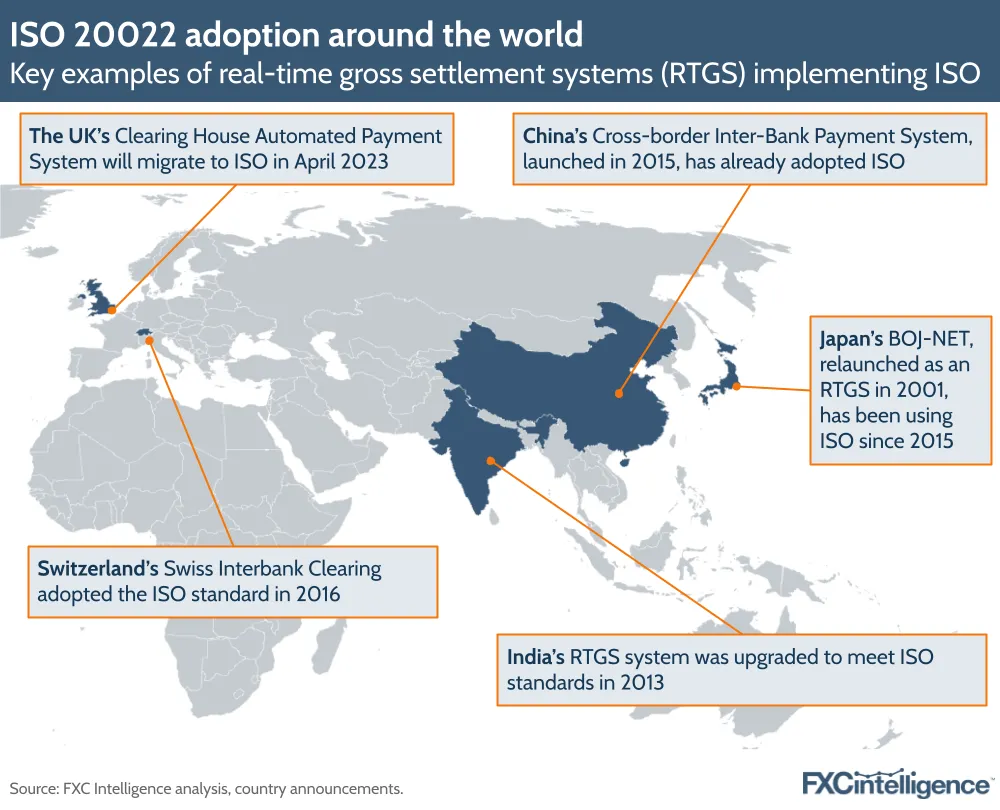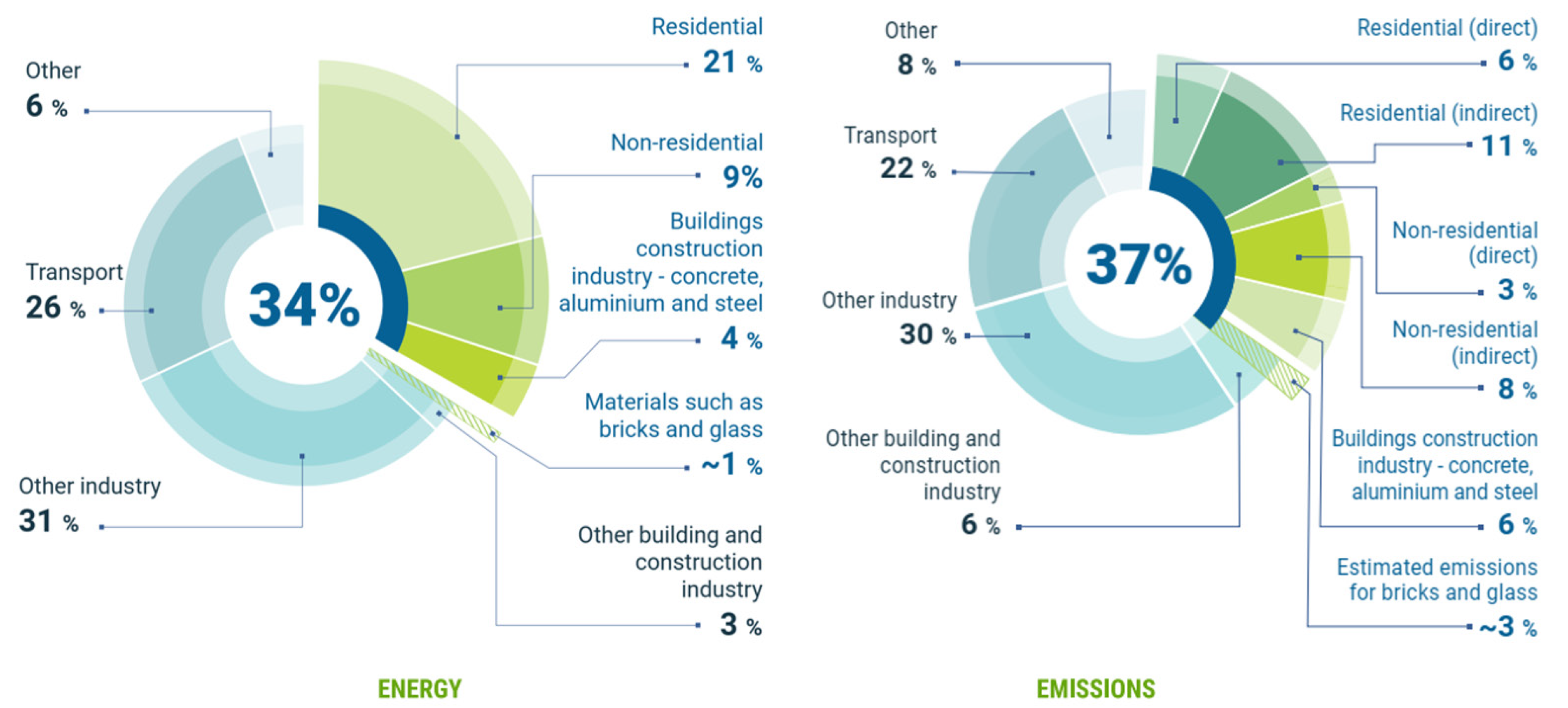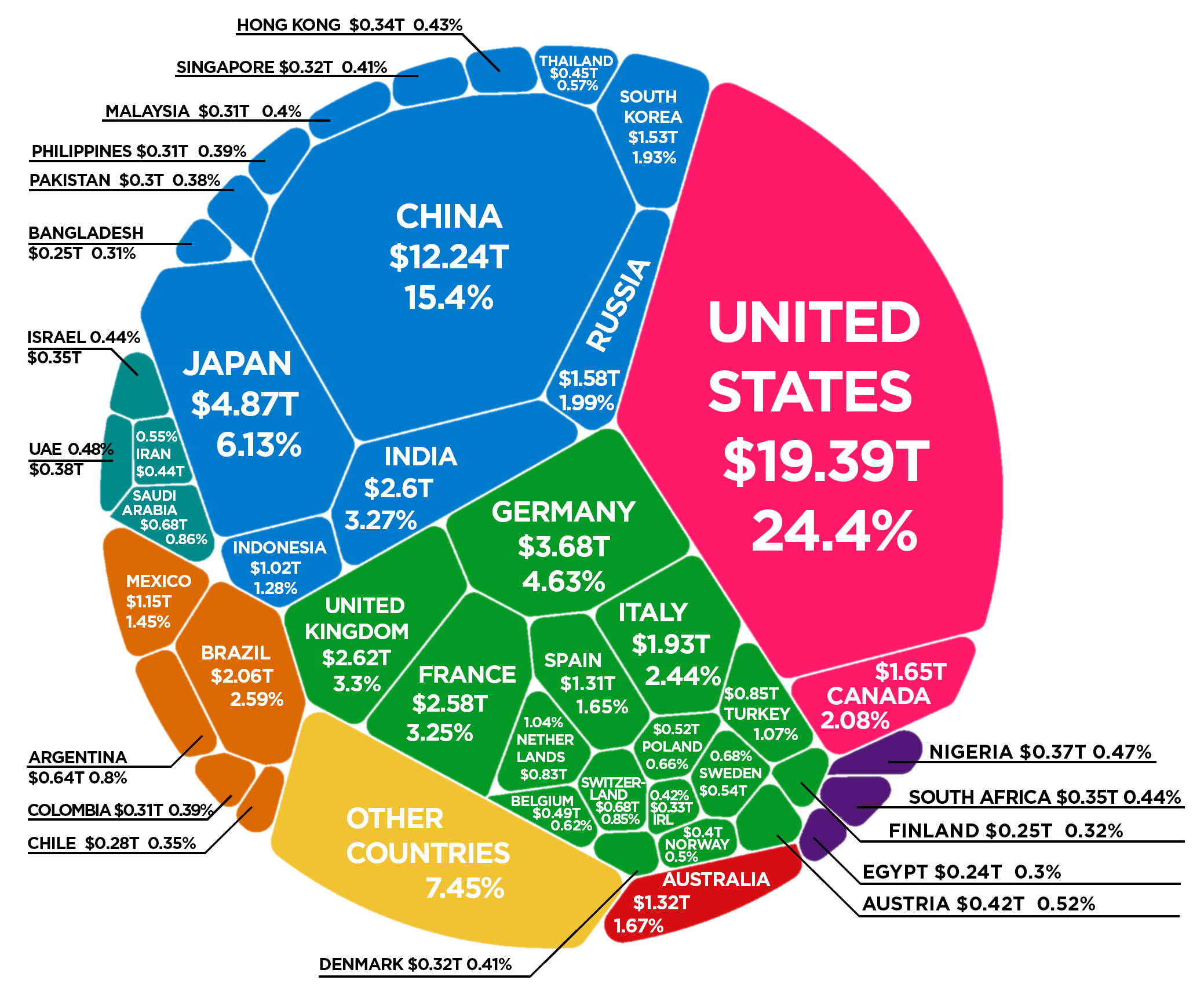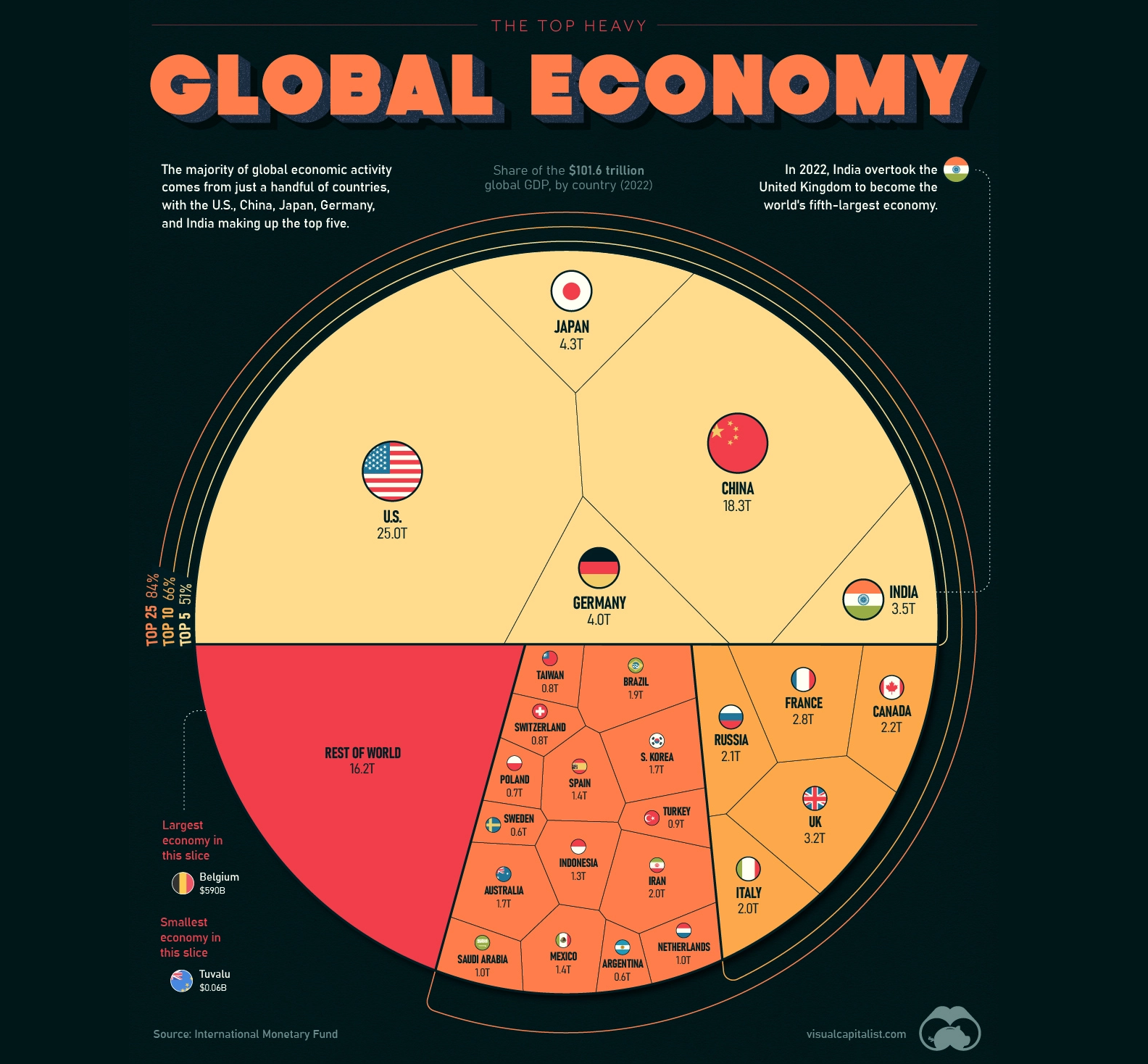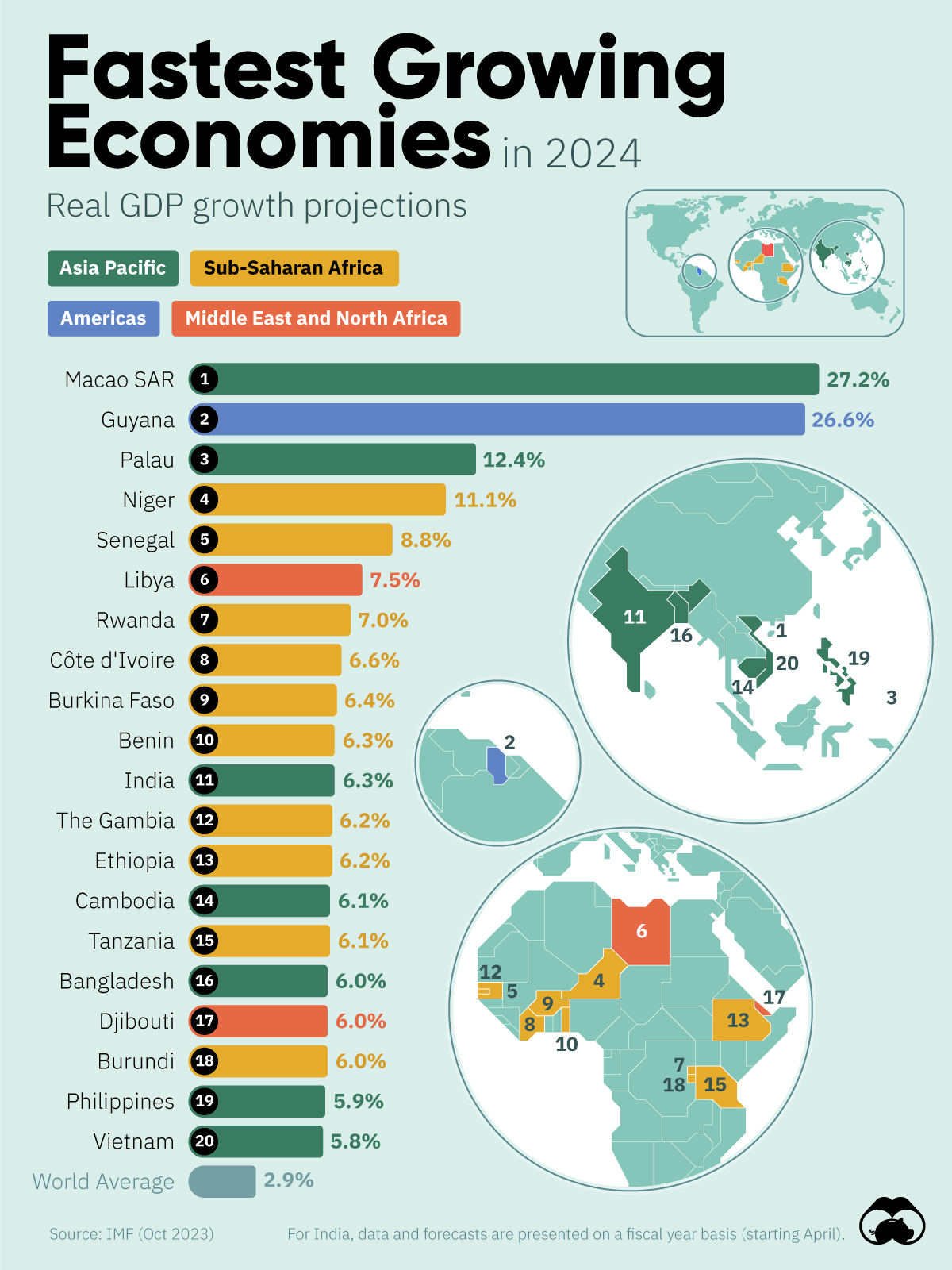Efficiency In Distribution Systems Around The World Has Led To

Global supply chains are undergoing a seismic shift. Efficiency gains in distribution networks are now reshaping international trade, impacting economies and consumers worldwide.
The optimization of distribution systems, fueled by technological advancements and strategic infrastructure investments, is triggering widespread transformations. This translates to faster delivery times, reduced costs, and increased market accessibility, but also presents challenges for traditional businesses and labor markets.
The Rise of Optimized Distribution
The driving force behind this revolution is the integration of advanced technologies. Artificial intelligence, predictive analytics, and automation are streamlining warehouse operations and route planning.
According to a 2023 report by McKinsey, AI-powered logistics can reduce distribution costs by up to 15%. Companies like Amazon and DHL are leading the charge, deploying these technologies at scale.
Key Areas of Improvement
Warehouse automation is significantly reducing processing times. Automated guided vehicles (AGVs) and robotic picking systems are increasing efficiency and accuracy in fulfillment centers.
Route optimization software is minimizing transportation costs and delivery times. Algorithms analyze real-time traffic data and weather conditions to identify the most efficient routes.
Data analytics provide valuable insights into consumer demand and supply chain performance. This enables businesses to make informed decisions and optimize inventory management.
Global Impacts and Regional Variations
The efficiency revolution is impacting various regions differently. Emerging economies are leveraging improved distribution networks to enhance their competitiveness in global markets.
China's Belt and Road Initiative, for instance, is investing heavily in infrastructure to facilitate trade and connectivity. This is opening up new markets and driving economic growth.
Developed countries are focusing on sustainable distribution practices. Companies are adopting electric vehicles and exploring alternative delivery methods to reduce their environmental footprint.
Specific Examples
In Europe, the Port of Rotterdam has implemented smart logistics solutions to optimize cargo handling and reduce congestion. This has significantly improved its efficiency and competitiveness.
Singapore is investing in autonomous vehicles for last-mile delivery. This is expected to reduce delivery costs and improve customer satisfaction.
Africa's e-commerce sector is booming due to improved distribution networks. Companies like Jumia are leveraging mobile technology and local partnerships to reach underserved populations.
Challenges and Considerations
Despite the benefits, the efficiency revolution poses several challenges. Job displacement due to automation is a major concern, requiring investments in retraining and upskilling programs.
Cybersecurity risks are increasing as distribution networks become more interconnected. Protecting sensitive data and preventing disruptions is crucial.
Sustainability remains a key challenge. Companies need to adopt environmentally friendly practices to mitigate the negative impacts of distribution on the planet.
Addressing the Challenges
Governments and businesses are collaborating to address these challenges. Initiatives are being implemented to promote responsible automation and protect workers' rights.
Investments are being made in cybersecurity infrastructure and data protection measures. International standards are being developed to ensure the safety and security of global supply chains.
Sustainable logistics practices are being incentivized through tax breaks and regulations. Companies are encouraged to adopt green technologies and reduce their carbon footprint.
The Future of Distribution
The efficiency revolution is expected to continue to reshape the global economy. The rise of e-commerce and the increasing demand for faster delivery times will further drive innovation.
The integration of blockchain technology is expected to enhance transparency and traceability in supply chains. This will improve trust and reduce fraud.
The development of new transportation technologies, such as drones and hyperloop systems, could revolutionize distribution in the future. This could lead to even faster and more efficient delivery times.
Ongoing monitoring and adaptation are critical. Businesses must stay informed about the latest trends and technologies to remain competitive. Policymakers need to create a supportive environment for innovation and address the challenges associated with automation and globalization.
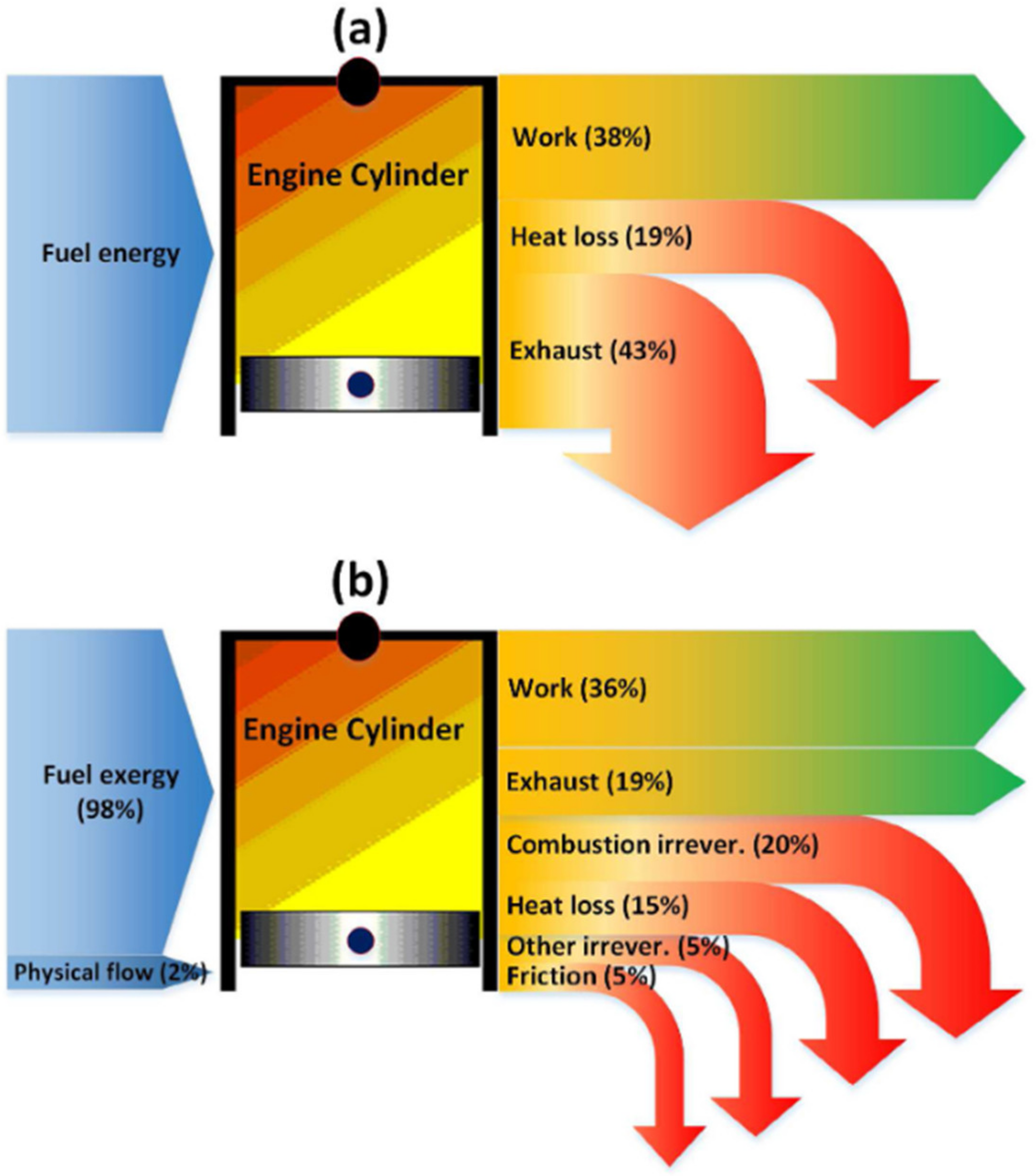
-9160.jpg)

